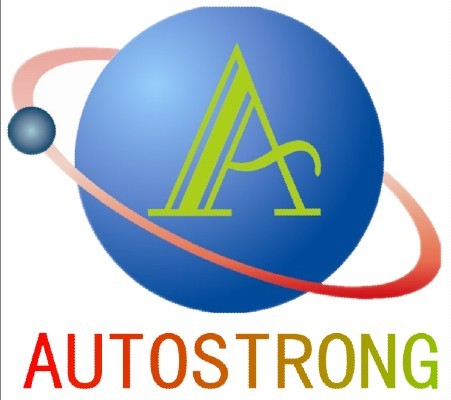Hot-wire test is IEC60695-2-10, UL 746A, GB/T5169.10, GB4706.1 other standards require the use of non-flame ignition source simulation project.
Glow-wire test apparatus will provide materials (Ni80/Cr20) and shape of the heating wire (Φ4 mm nickel chromium wire) with large current heated to test temperature (550 ℃ ~ 960 ℃ 1min, with its specified pressure (1.0N) vertical burning hot test 30s, depending on whether the test items and bedding material from the burning fuel or held electrical and electronic equipment to determine the time of the fire risk of the finished product; determination of solid insulating materials and other solid combustible materials from flammable, ignition temperature (GWIT), 3 flammable and combustible index (GWFI).
Glow-wire test apparatus for lighting, low voltage electrical appliances, electrical instruments, electrical and electronic products and components and other parts of the research, production and quality control departments.
Technical parameters:
1, the hot wire temperature: 500 ~ 1000 ℃ ± 2 ℃ adjustable
2, the burning time :0-999 .9 s ± 0.1s adjustable (usually selected as the 30s)
3, ignition time :0-999 .9 s ± 0.1s, automatic recording, wire suspension
4, off time :0-999 .9 s ± 0.1s, automatic recording, wire suspension
5, thermocouple: Φ0.5mm imported armored (K type) thermocouple
6, the hot wire: Φ4 mm nickel-chromium wire (Ni80/Cr20)
7 iron into the depth: 7mm ± 0.5mm
8, the sample pressure: 1N ± 0.2N
9, test speed: 18 ± 3mm / s.
10, U head Standard: IEC60695-2-10.
11, the testing process: automatic control testing procedures, independent ventilation
12, reference: GB/T5169.10-2006, IEC60695-2-10: 2000, UL746A
13, studio size: greater than 0.5 cubic meters (0.75 according to customer requirements or 1 cubic cubic)
14, equipment, dimensions: 1100mm wide × 700mm deep × 1300mm
15, control: the use of single-chip micro-computer and touch screen controls, high-precision thermometer stand-alone electronic control systems, anti-interference ability.
16, the operating efficiency: experimental control process to achieve one-button operation, fast and efficient testing.
17, the standard integration test: written test based on the actual test process procedures.
 | No.8464518
| No.8464518
